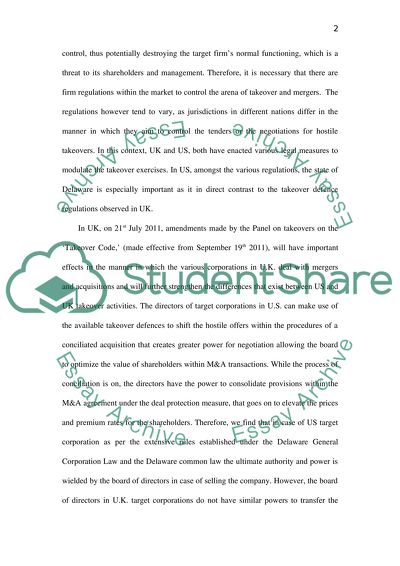Cite this document
(“Comparative Corporate Governance Coursework Example | Topics and Well Written Essays - 3750 words”, n.d.)
Retrieved from https://studentshare.org/law/1393966-comparative-corporate-governance
Retrieved from https://studentshare.org/law/1393966-comparative-corporate-governance
(Comparative Corporate Governance Coursework Example | Topics and Well Written Essays - 3750 Words)
https://studentshare.org/law/1393966-comparative-corporate-governance.
https://studentshare.org/law/1393966-comparative-corporate-governance.
“Comparative Corporate Governance Coursework Example | Topics and Well Written Essays - 3750 Words”, n.d. https://studentshare.org/law/1393966-comparative-corporate-governance.


